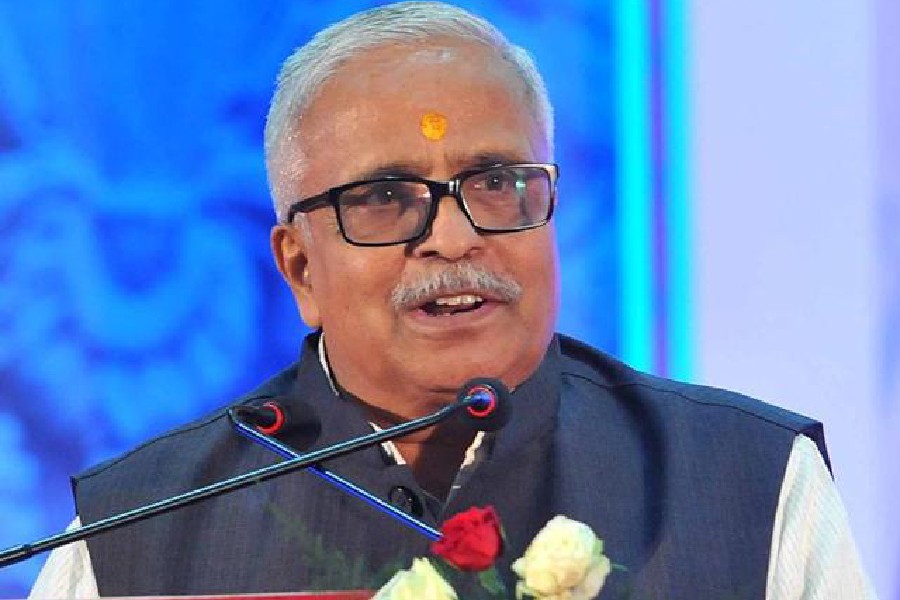Rowing machines are having a moment. Long the ugly ducklings of the gym, tucked away in forgotten corners, the workout devices are getting a makeover — just like indoor cycling machines did a decade ago.
To dedicated rowers, this increase in popularity doesn’t come as a surprise. Rowing is a total body workout that targets the muscles in your legs, back, core and arms. It’s also great for your cardiovascular system because it challenges the heart in multiple ways.
But there is a learning curve when it comes to rowing. Proper form is critical — not only for avoiding injury, but for developing a powerful, efficient stroke and achieving a good workout.
The most important thing to keep in mind about rowing is that while it looks like you’re yanking the handle (or oars) with your arms, most of the power comes from your legs until the very end. “Rowing is a pushing sport, not necessarily a pulling sport,” said Neil Bergenroth, a rowing coach in Tulsa, Oklahoma, US.
The movement is typically broken down into four steps.
The Catch
In the catch position, the seat is slid toward the front of the machine. Your knees should be above your ankles, shins vertical. Your body is angled slightly forward, and your arms are outstretched with hands in front of your feet.
The Drive
The drive is where most of the power and exertion come from in rowing. Keeping your core engaged, push the machine away with your feet, making contact with both the ball and heel of your foot. “When you have your heel down, you’re able to engage your posterior chain,” or the muscles along the backside of your body, such as your calves, hamstrings and glutes, said Casey Galvanek, head coach of the US Rowing Association’s Junior National Team. This helps you to create more power by using more muscles, he said.
Once you’ve pushed about halfway back, with your knees bent to roughly 90 degrees, start to lean back, pivoting through your hips. You should feel your lats — the major muscles in your back — start to engage as you hold onto the handle. Lastly, drive your elbows back to pull the handle into your chest.
The Finish
At the end of the stroke, you should be sitting up tall with your core tight, legs straight out in front of you. Your body should be angled backward about 30 degrees — think of the 11 o’clock position on a clock face. The handle is pulled in close to your body a little lower than chest height so that the chain is horizontal.
Many experts actually recommend starting the workout in the finish position to ensure your posture is correct from the beginning.
The Recovery
During the recovery, you’re moving back toward the front of the machine to prepare for your next stroke. First extend your arms. Next, tilt your body forward, pivoting with your hips so that your torso moves from 11 o’clock to 1 o’clock on the clock face, and you are leaning forward about 30 degrees. The motion should come from your hips, not your back, and your abs should be engaged.
“Swing or pivot your body with your pelvis instead of rounding over your bellybutton,” Galvanek said. “Hunching will expose your lower back to possible injury.”
Once you’re angled forward, bend your legs to move closer to the front of the machine. As you’re going through the recovery, think “arms, core, legs” and move in that sequence. During the drive, the sequence is reversed: legs, core, arms.
The Workout
Once you have the fundamentals of the rowing movement down, it’s time to put your form to the test. As with most aerobic workouts, a rowing session can either be long and slow (for endurance training) or short and fast (for interval training). If you’re new to the sport, work through the movements slowly to make sure you’re using proper form. Rowing speed is measured by your stroke rate, which is usually displayed on the machine’s screen. Galvanek and Bergenroth recommended rowing for 20 or 30 minutes at a pace of 16 to 20 strokes per minute when you’re starting out.
As you feel more comfortable and confident on the machine, you can get into interval workouts where you row in shorter, faster bursts. For example, row for two to five minutes at a stroke rate of 20 to 28 strokes per minute, followed by a one-minute break. Repeat this three to five times for a 10 to 20-minute workout.
Another common way to structure interval workouts is by distance, which should also be displayed on your screen. A typical boat race is 2,000 metres, and rowers often talk about their 500-metre split times. A workout recommended is rowing for 500 metres, aiming for a time of two or three minutes. Take a 30 to 60-second rest and do it again, repeating four times total to get to 2,000 metres.
NYTNS











